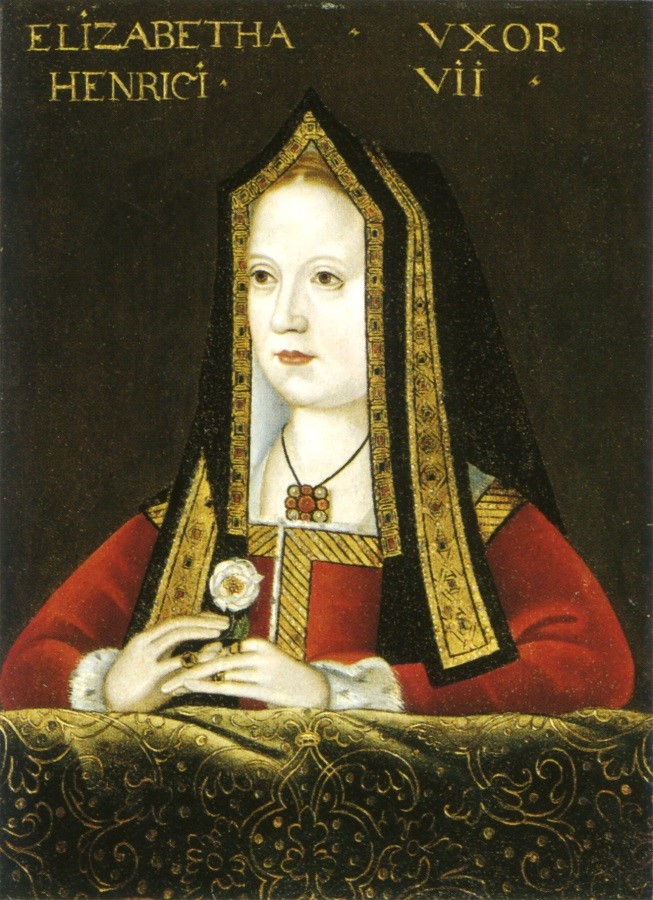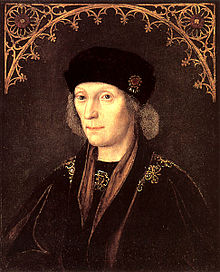The Tudor Succession Problem
Chapter 2 : The Rules of Succession
In England, the rules of succession were not black and white. Unlike France, which had a strict Salic Law, which not only barred women from the throne, but also refused to recognise claims through a woman, England had no clear position. The claim of Richard, Duke of York was based on the fact that he was descended in the female line from the second son of Edward III, whereas the Lancastrian kings were descended in the male line, but from the third son. England’s claim to the throne of France was also via the female line, which is one (amongst many) of the reasons that the French rejected it.
However, although, in principle, succession through the female line might be acceptable, the situation had not arisen in England since the death of Henry I, when his daughter, the Empress Mathilda, was held off her throne by her male cousin.
At the time of the Battle of Bosworth, if strict rules of inheritance through males only is followed, the legitimate king was Edward, Earl of Warwick, rather than his uncle, Richard III (assuming that Edward V and his brother were dead). Richard skated lightly over Warwick, who was alleged to be disbarred because of his father, George, Duke of Clarence’s attainder.

Only after Warwick, was Richard III’s claim valid and once Richard’s son had died, there were no further male descendants of a previous king without intervening females, since the Norman Conquest. Clearly, female inheritance had to be accepted. The woman with the best claim was Edward IV’s daughter, Elizabeth of York, followed by her sisters – Anne, Katherine and Bridget (a nun). Elizabeth of York therefore had the highest claim. Richard III, having supplanted the children of his elder brothers, ignored those of his older sisters, and named the de la Pole sons of his sister Elizabeth, Duchess of Suffolk as his heirs.
For the descendants of Richard of York, and his wife Cicely Neville, see their family trees below
Lady Cicely Neville
Family Tree
However, inheritance was never a strict matter and tended to reflect a pragmatic decision as to who was best placed to be King – thus, the deposition of Richard II, son of an eldest son, and his replacement with Henry IV, son of a third son, was successful because enough of the nobility of the land preferred Henry to Richard, whom they thought tyrannical. Similarly, the accession of Richard of York in preference to Henry VI’s son, Edward of Westminster, had been agreed because Henry VI was an abject failure as king.

Henry VII’s own claim was never discussed in detail. He was an adult male, he had won the Crown in battle, he was a descendant of Edward III, and he was prepared to marry Elizabeth of York. That was good enough. His mother’s superior claim was not something she ever gave the slightest indication of wanting to press
The other complicating factor was the ill-defined nature of marriage and legitimacy. What constituted marriage was not uniformly agreed (the necessity for consummation was debated, but generally accepted) and there were rules against marrying anyone too closely related. A ‘dispensation’ from these consanguinity rules could be granted by the Pope, but annulments were frequently sought on the grounds that the relationship was closer than the couple at first knew, or had had dispensed.
As the royal and noble families of Europe were closely interlinked, it was almost impossible to find a spouse whom you could marry without a dispensation. For example, Henry VII and Elizabeth of York were third cousins ie they had common great-great-grandparents, John of Gaunt and Katherine Swynford. Henry VIII was related to all of his wives, except Anne of Cleves, within the levels that need a dispensation.
